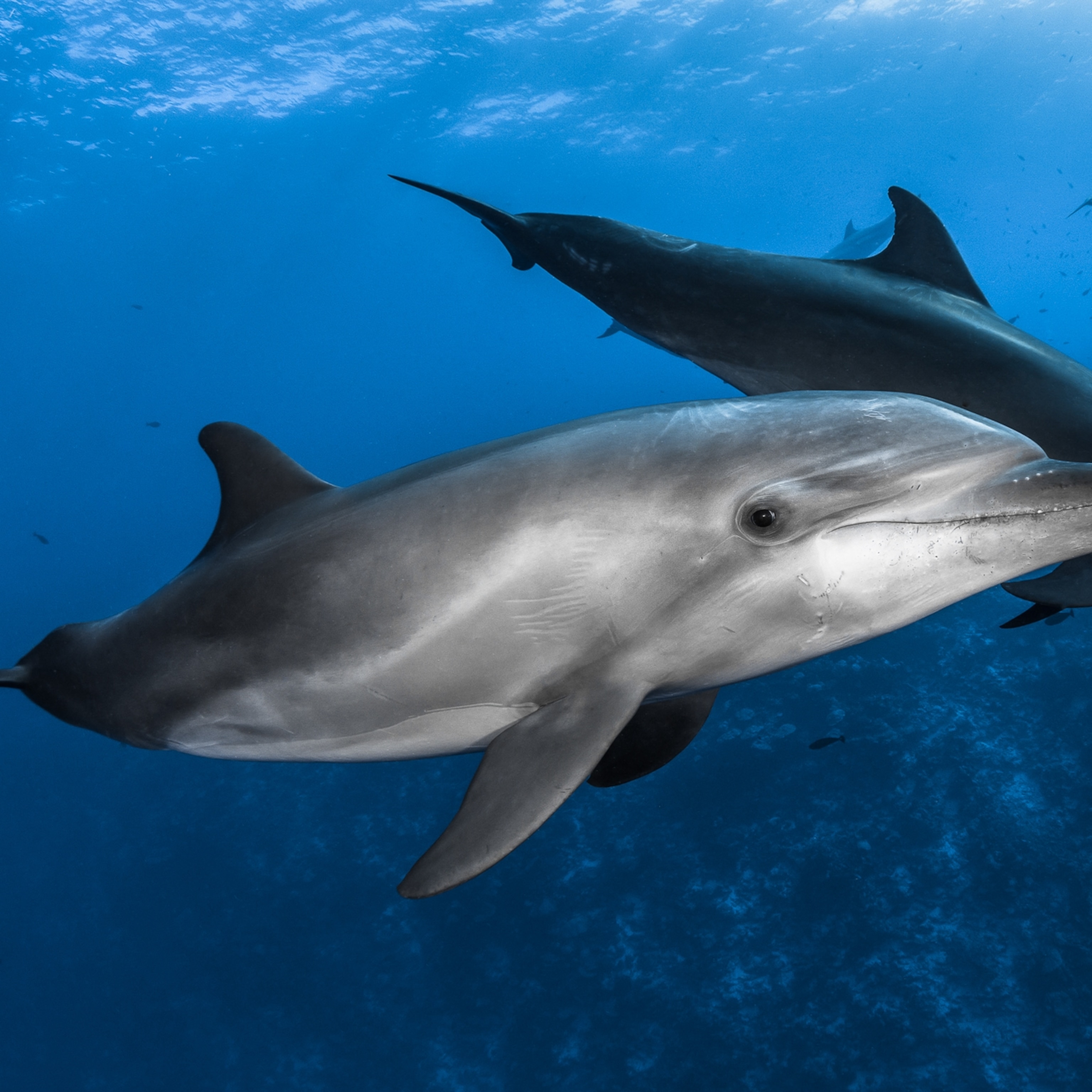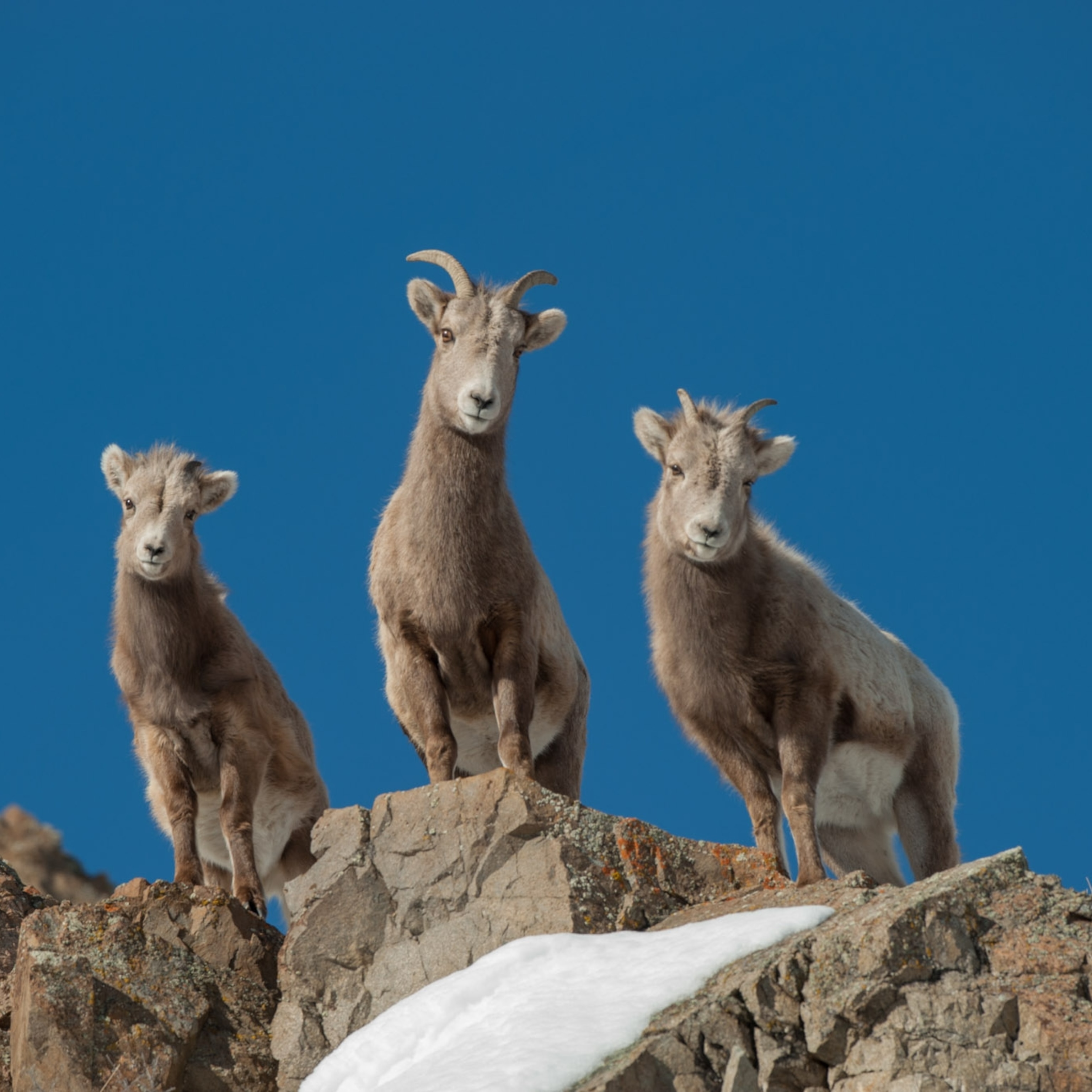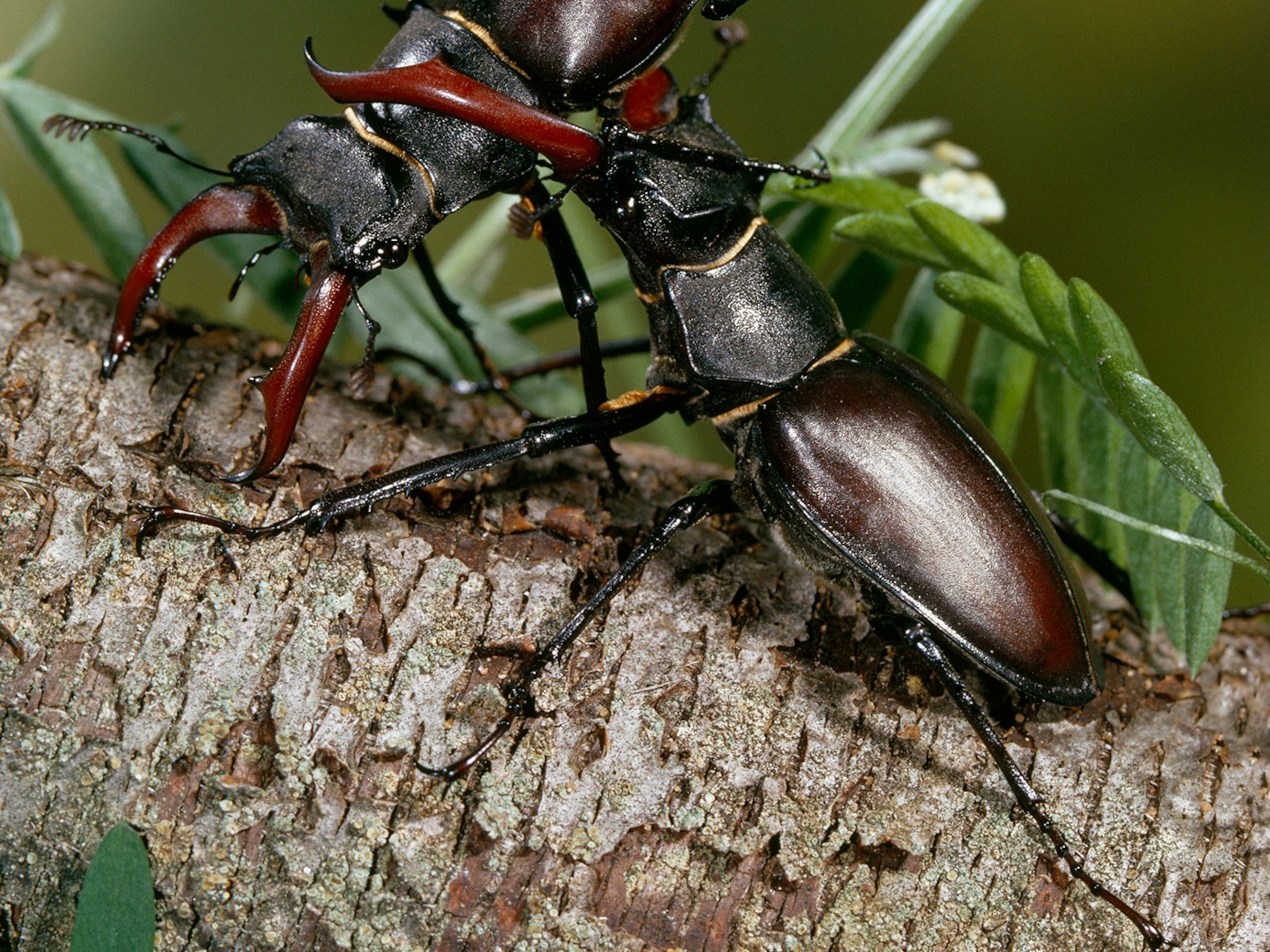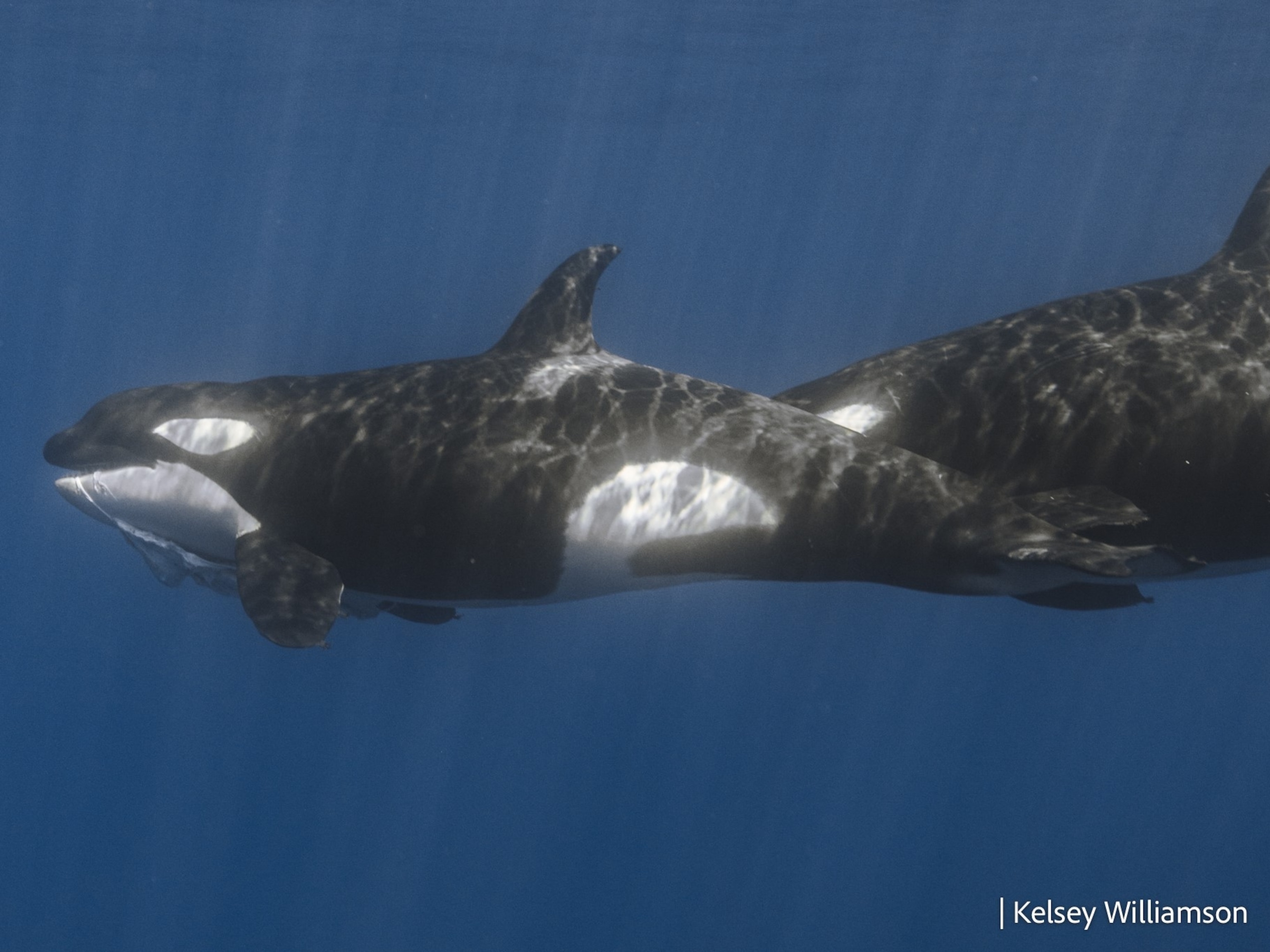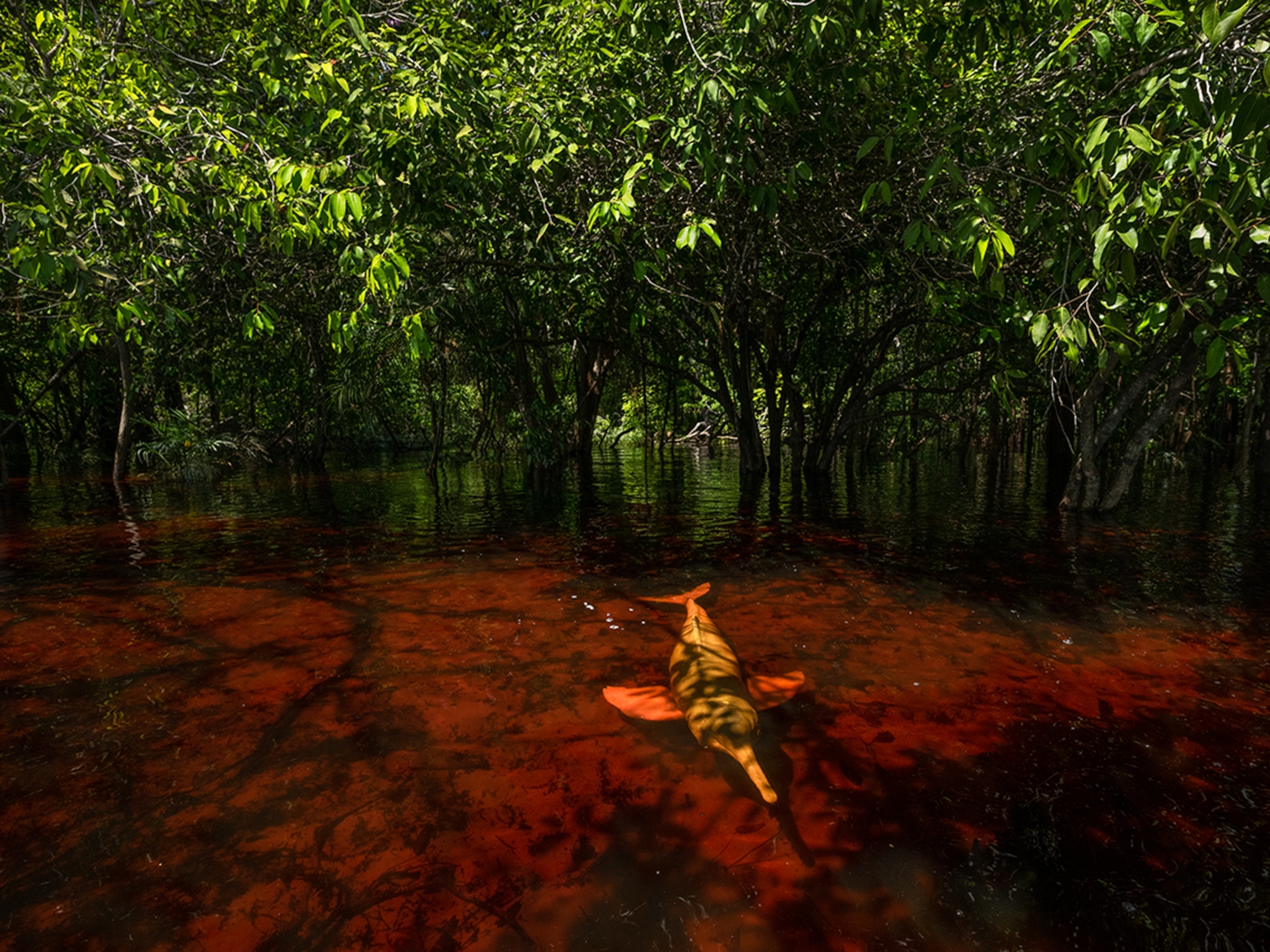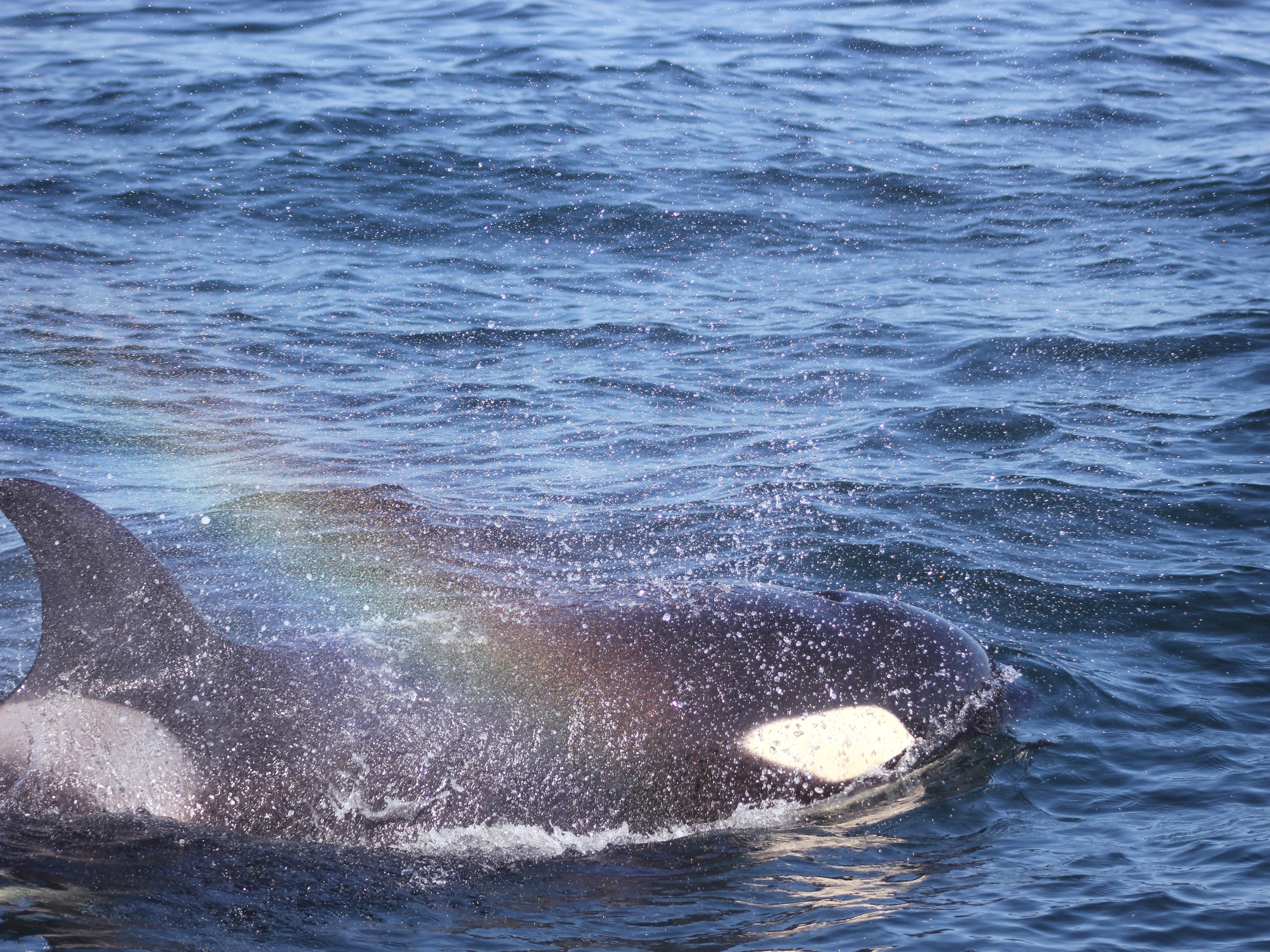These monkeys keep trying to mate with deer—scientists have a few theories why
Two different groups of macaques have been spotted in Japan mounting sika deer. The behavior could be part of a shared “culture” between the animals.
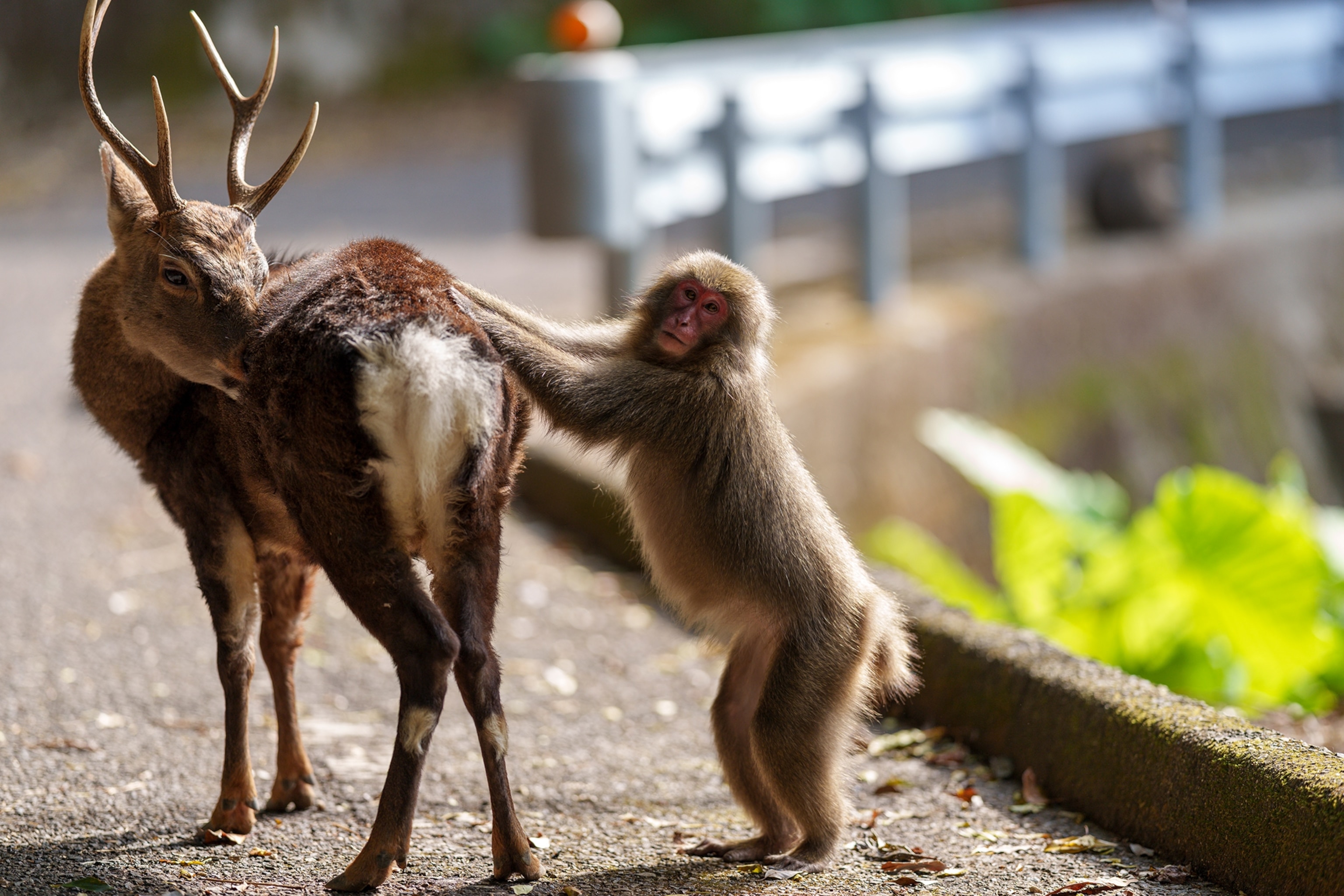
In 2015, on Japan’s forested island of Yakushima, a male macaque jumped up onto the back of a female sika deer and started trying to mate with it.
At the time, researchers believed that the male’s low-ranking status might be driving the unusual behavior, perhaps serving as an outlet for having no breeding opportunities within his own species. In other words, it appeared to be a one-off encounter, which just so happened to have been caught on camera.
But then, in 2018, it happened again.
Only this time, five female macaques were riding and rubbing male deer. What’s more, the behavior appeared in a totally new area—Minoh Quasi-National Park near Osaka, Japan, which is more than 370 miles away from Yakushima and across the Pacific Ocean.
Meanwhile, back on Yakushima, researchers kept seeing the deer-mounting behavior in 2020, 2021, and 2023. Interestingly, some of the later incidents appeared to involve the same male that first initiated the behavior in 2015. Researchers identified the monkey based on his striking, almond-shaped eyes—though they can’t be absolutely certain it’s the same animal.
“It’s difficult to recognize, but when you are a primatologist, you have to recognize each individual in the group,” says Cédric Sueur, a primatologist at the University of Strasbourg in France.
However, if the animal truly is the same monkey, other monkeys in the troop may have learned deer-mounting from him, spreading the behavior through what’s known as social transmission, Sueur and his coauthors report in a study published this December in the journal Cultural Science.
“What is interesting is, maybe the first time the male did it was [due to] sexual frustration, so for one specific purpose,” says Sueur.
But now that the male has ascended to a dominant rank and the females around him are doing it, too, “the behavior is changing over time,” says Sueur. “It’s becoming more complex.”
(Macaques aren’t the only critters to ride other animals. See a weasel ride a woodpecker.)
Friends with benefits
Putting the sexual advances aside for a moment, sika deer and macaques already have an interesting interspecies relationship.
The deer follow the monkeys around, eating food they drop out of the trees, as well as nibbling on the monkeys’ feces. The macaques, in turn, munch on nutritious ticks and other parasites that they groom from the deer.
This sort of exchange of services where both species benefit is what scientists call mutualism. Everything about the monkeys and deer acquiring food from each other fits the definition, says Judith Bronstein, an evolutionary ecologist at the University of Arizona who studies mutualism and was not involved in the new research. However, the mounting behavior seems like something else.
“My guess is the deer are extremely socially tolerant of the macaques, because they’re picking the parasites off,” says Bronstein.
And once the deer learned to tolerate one behavior, perhaps they started tolerating others, too.
For instance, sometimes a monkey just seems to jump up onto the deer’s back and rest. When Sueur and his coauthors examined 45 video-recorded macaque-deer interactions in a second paper published in the journal Primates, they found that most monkeys just sat on the deer. The team hypothesizes that one or both species may even enjoy the extra warmth of bodily contact. After all, macaques are already known to huddle together when it’s cold.
“There are probably multiple benefits that they both receive from it,” says Bronstein. “I mean, there’s clearly a protection and nutritional exchange, just by the fact that the deer aren’t bolting when the macaques are around.”
As Sueur and his colleagues looked for other possible explanations for mounting, the scientists ruled out the idea that the macaques might be using the deer for travel. The deer do sometimes move while the macaques are riding them, but the time spent traveling and the distance traveled weren’t statistically significant.
The team couldn’t rule out one of the weirder hypotheses —that the deer may be acquiring regular nutrients by ingesting the male macaques’ ejaculate. But Bronstein is skeptical.
“I think it’s probably just annoying, right? Some stuff is on their back, and they just get it off,” says Bronstein. “I think it’s meaningless.”
(Why do some animals try to ride other animals?)
Do monkeys and deer share “culture”?
While all of these interactions between the two species are scientifically interesting, they remain rare and hard to observe, which makes assigning meaning an even more difficult task.
“The last time I went to Yakushima, I spent five days there,” says Sueur, “and I could observe it for only two seconds.”
Still, the fact that the behavior is happening between both sexes and now in two separate locations suggests that the macaques and sika deer may be developing what the researchers call a “co-culture”. (Sueur and co-author Michale Huffman proposed the idea of co-culture in the journal Trends in Ecology & Evolution in September 2024.)
In animals, scientists use the word culture to describe behaviors that emerge in one or several populations, but not all of them. Some populations of chimpanzees fish for termites using sticks, while others have learned how to crack nuts with rocks, for instance. And different populations of humpback whales sing different songs. But with a co-culture, Sueur says two species must be evolving a suite of interacting behaviors at the same time.
“In some other place, you will observe no interaction between deer and macaques,” he says.
Bronstein finds the co-culture idea “really quite interesting.” However, as far as whether the deer-mounting behavior is spreading through social transmission, she says it will remain a hypothesis until the macaques can be identified with total certainty.
“It’s reasonable. I mean, these are super smart individuals, and there are millions of cases known among primates of individuals adopting new behaviors from watching each other,” says Bronstein.


